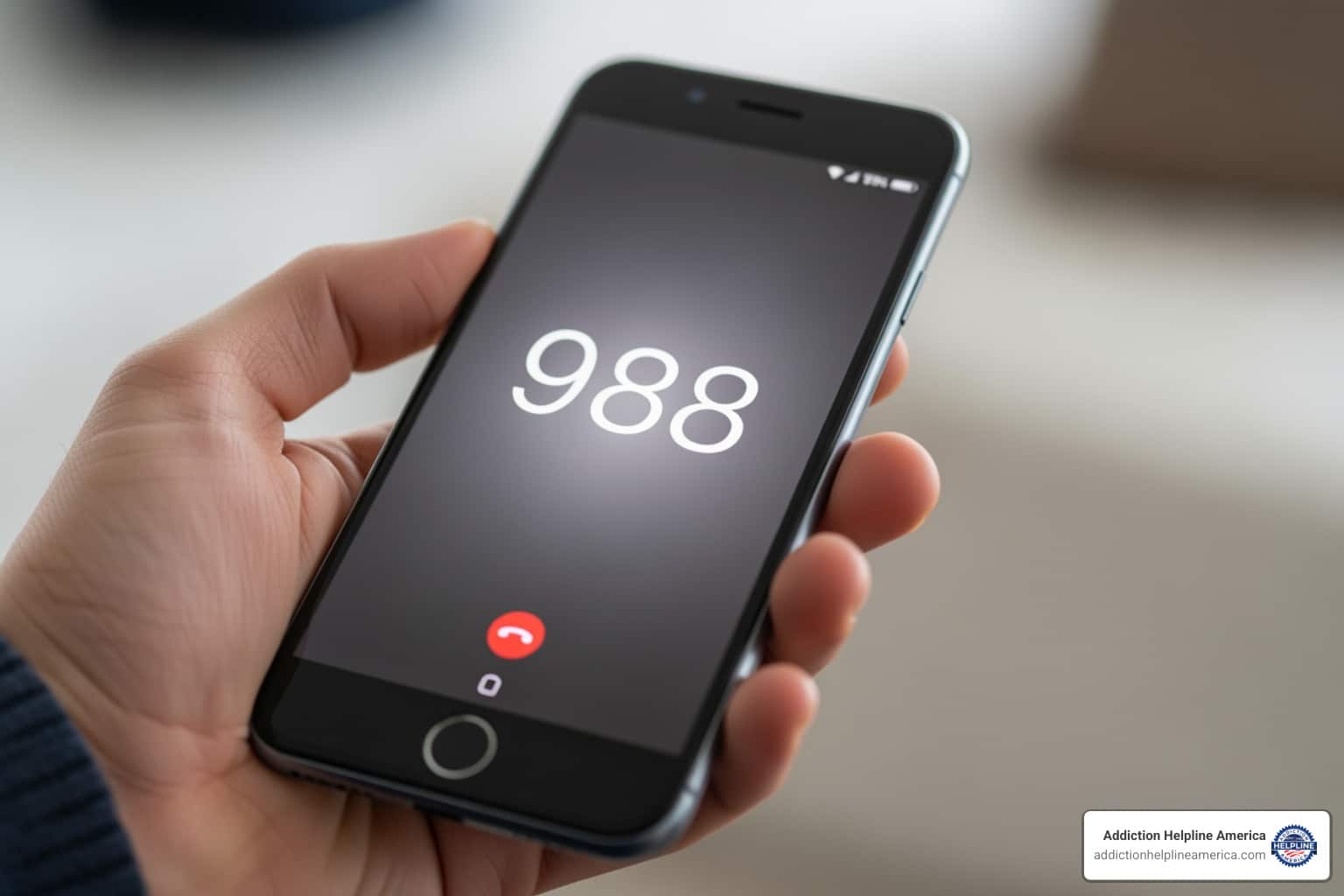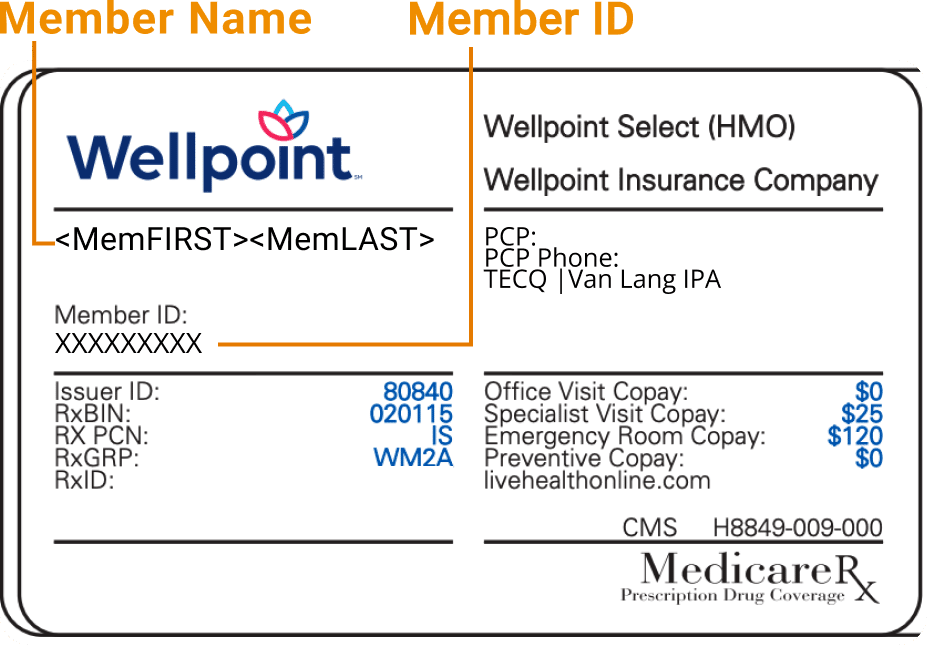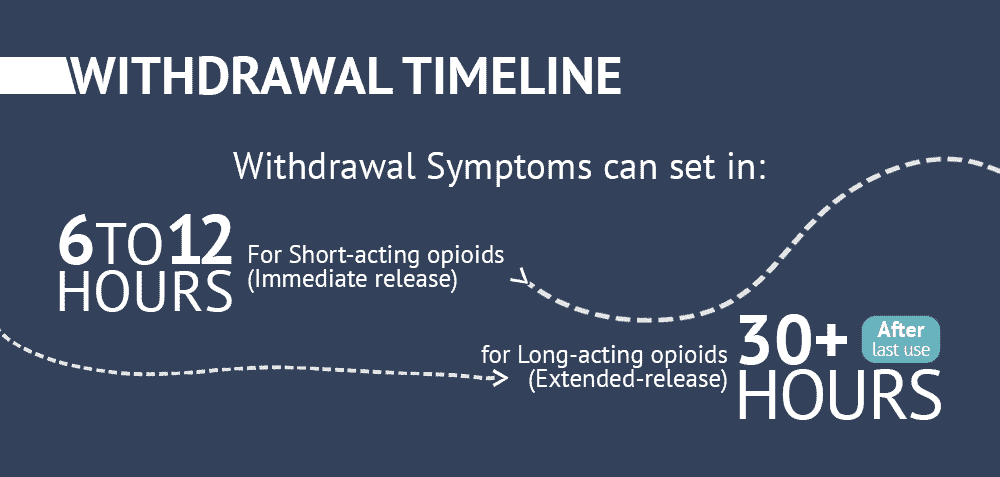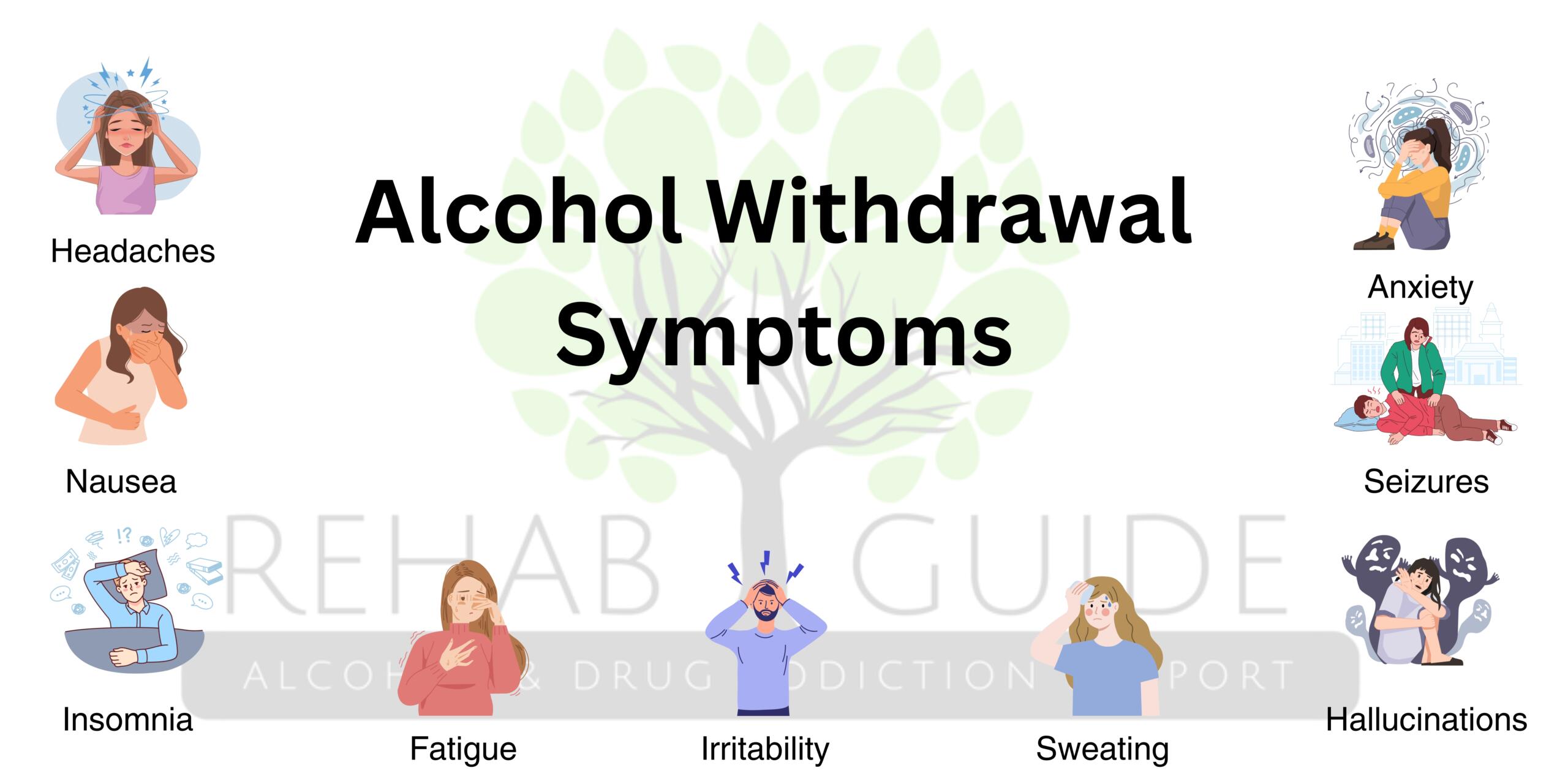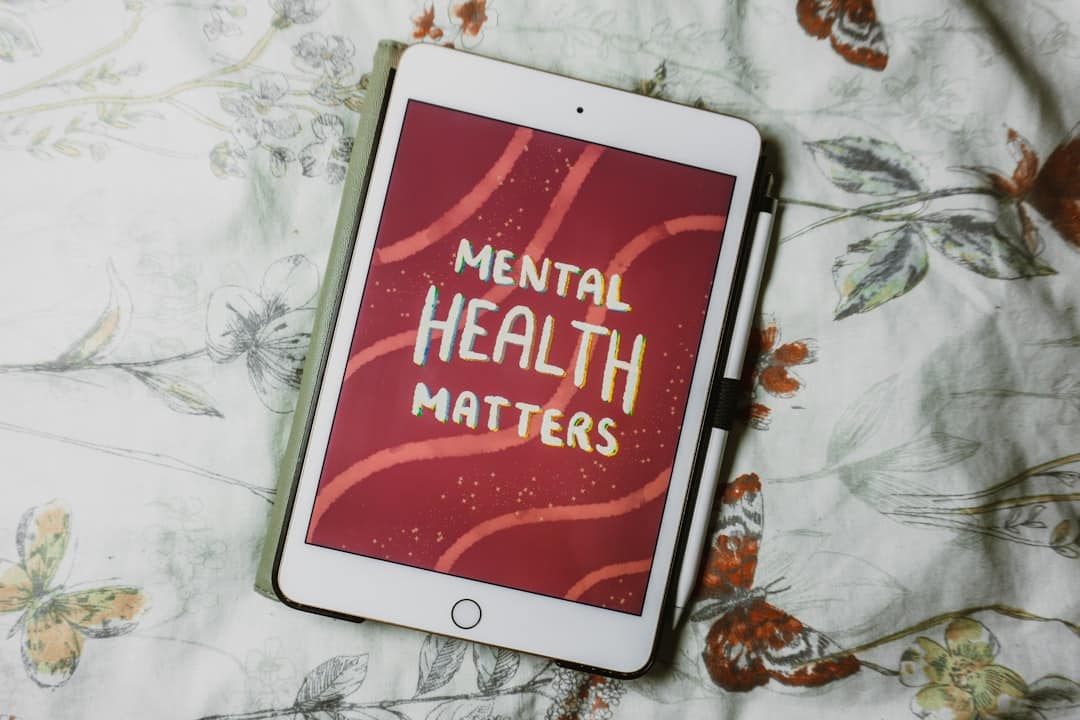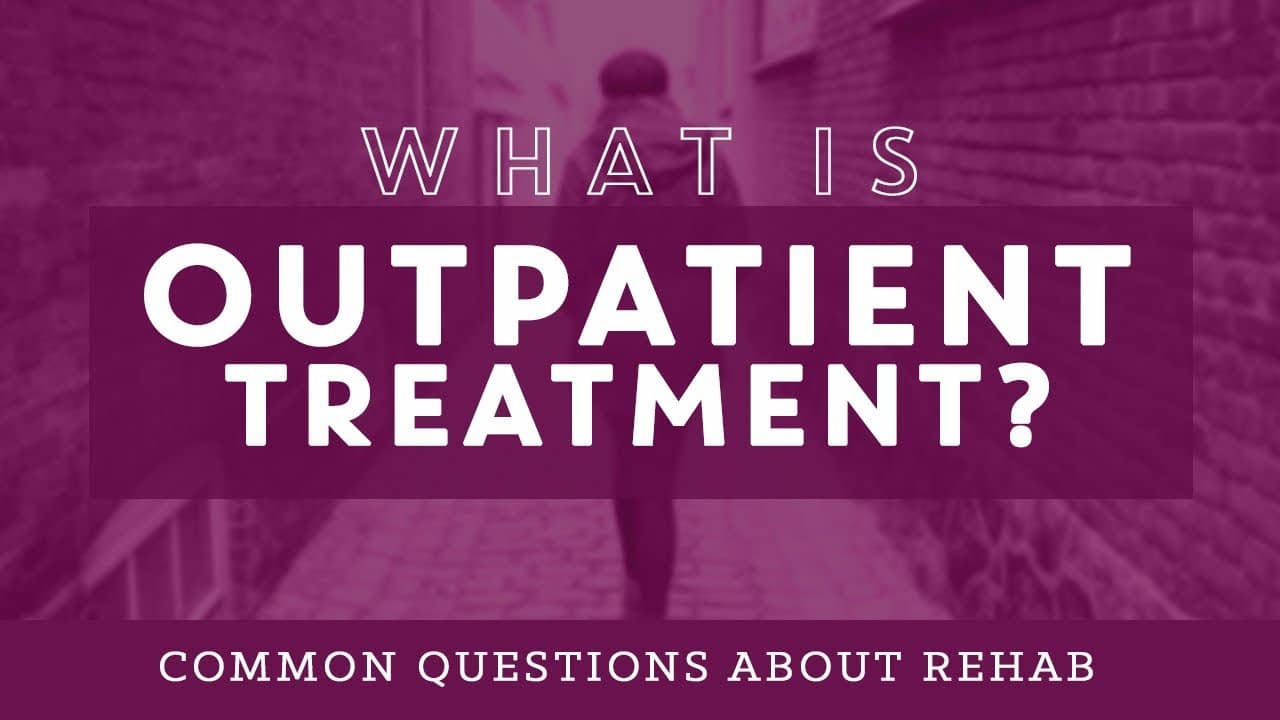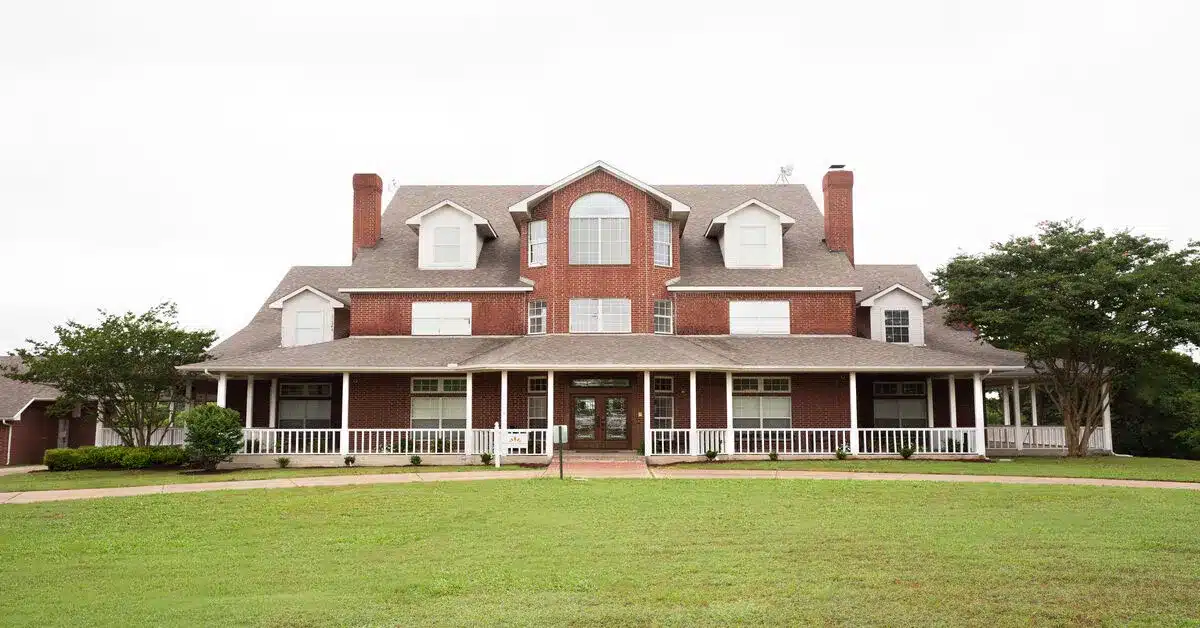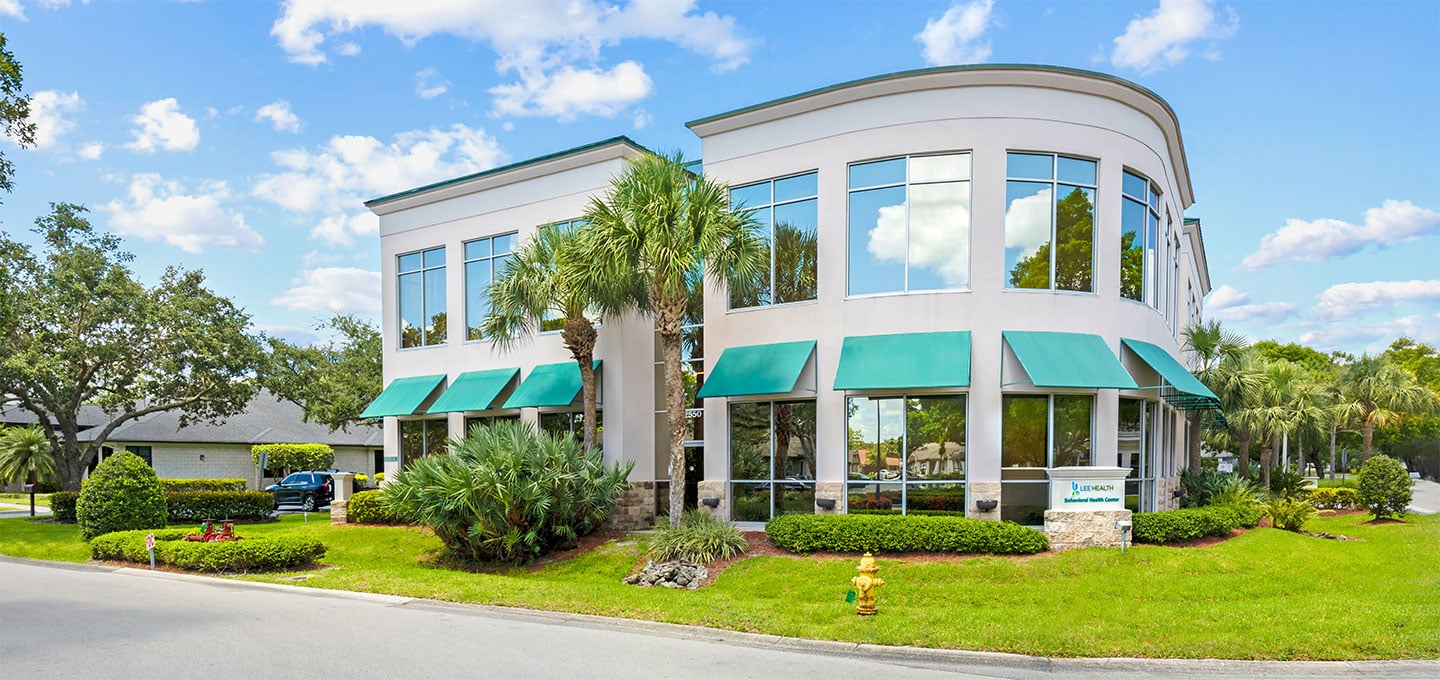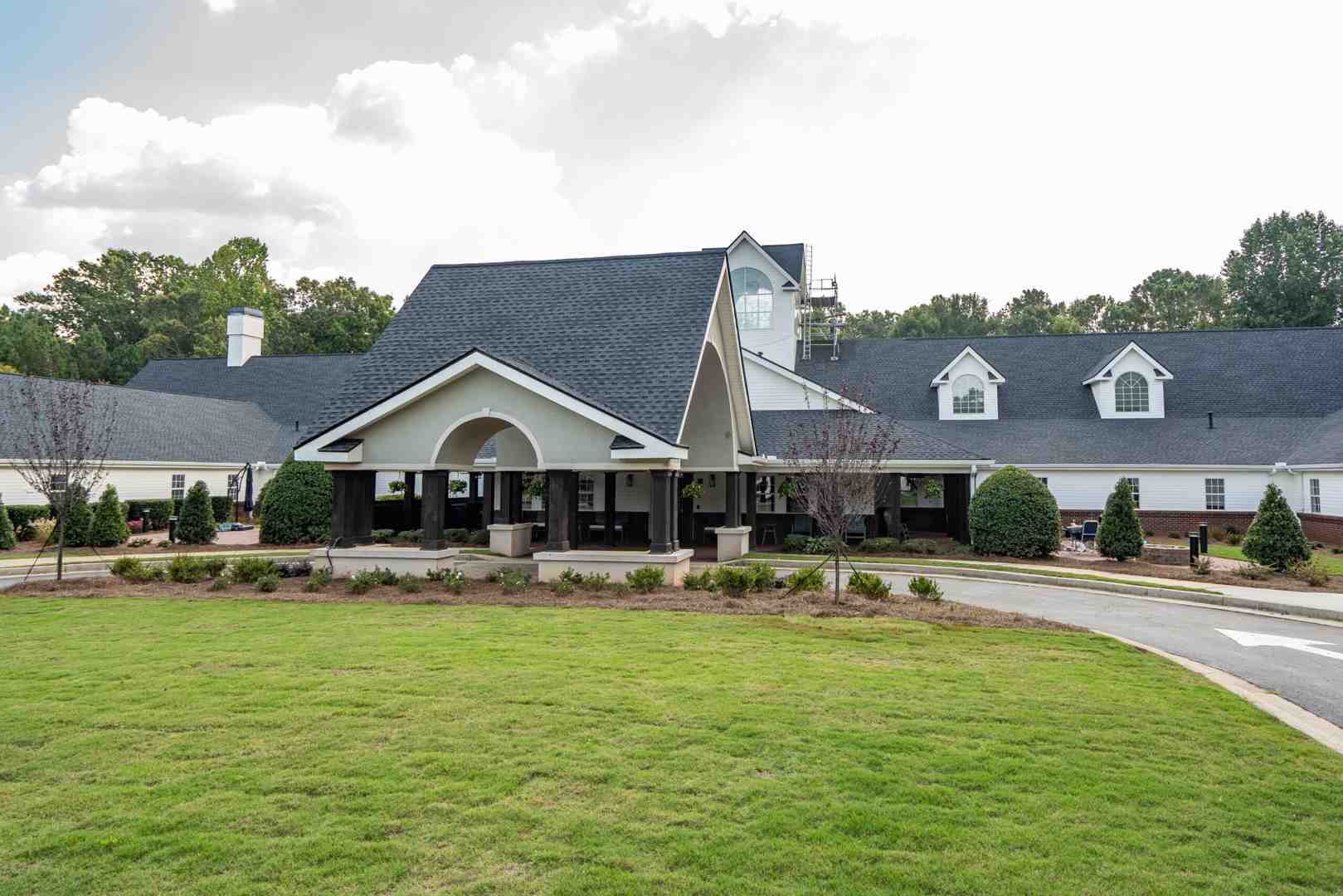
Understanding Depression Rehab Inpatient Treatment
Depression rehab inpatient treatment offers 24/7 medical care in a residential facility for individuals with severe depression. This level of care is designed for those who need a safe, structured environment to focus entirely on healing.
Quick Answer: What is Inpatient Depression Rehab?
- 24-hour medical supervision in a controlled environment.
- Typical stay: 30-90 days, based on individual needs.
- Intensive therapy: Includes individual counseling, group sessions, and medication management.
- Best for: Severe symptoms, suicidal thoughts, co-occurring disorders, or when outpatient treatment has not been effective.
While everyone feels sad, clinical depression is a persistent condition that impacts how you think, feel, and manage daily life. It affects over 21 million Americans annually, making basic tasks feel impossible. For many, it’s like seeing the world through a dark filter.
The good news is that recovery is possible. Inpatient depression treatment provides a lifeline when symptoms become unmanageable, offering a safe space away from daily stressors with round-the-clock professional support.
At Addiction Helpline America, we’ve helped thousands find appropriate depression rehab inpatient programs. Our team understands the urgency you feel and is here to guide you toward effective treatment options.
This guide will cover how to find the right inpatient center, what to look for in a quality program, and what to expect from admission to aftercare.
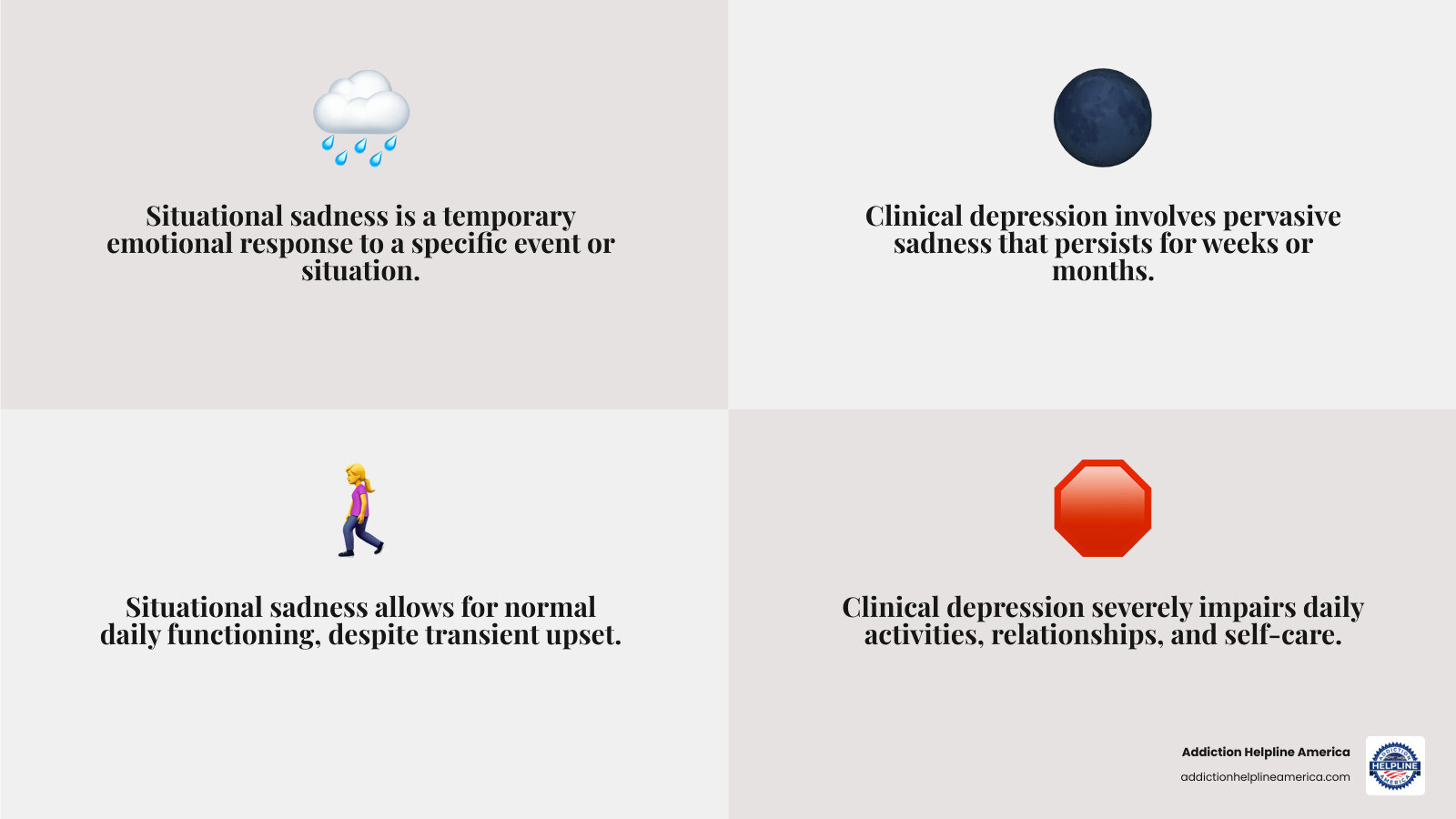
Simple depression rehab inpatient glossary:
First, Understand if Inpatient Care is Right for You
One of the first questions to answer is what level of care you truly need. Understanding the difference between inpatient and outpatient treatment is a crucial step in finding help that will work for you.
Depression rehab inpatient treatment means you live at the facility full-time, receiving 24/7 care. It’s like pressing pause on your regular life to focus completely on healing in a supportive environment. Outpatient care, in contrast, allows you to live at home and attend scheduled therapy sessions. While effective for many, inpatient care becomes essential when depression is severe, dangerous, or overwhelming.
Call Now – Your Journey to Recovery Begins Today!

Take the first step towards a healthier life! Call now to connect with our compassionate team and start your recovery journey today. Your path to healing awaits!
Our recovery specialists are available 24/7 to provide support, and all calls are confidential and free. Reach out anytime – we’re here to help!
The primary benefit of an inpatient setting is 24/7 medical supervision. Psychiatrists and nurses are available at any hour, which can be life-saving during a crisis or when adjusting medication. You are removed from daily stressors—like work pressures or difficult relationships—allowing your entire focus to be on recovery. Many facilities offer a comfortable, home-like atmosphere to help you relax and engage in treatment.
Here’s how inpatient and outpatient care compare:

| Factor | Inpatient Depression Treatment | Outpatient Depression Treatment |
|---|---|---|
| Intensity | High; 24/7 care, structured schedule, multiple therapies daily | Low to moderate; regularly scheduled appointments, live at home |
| Environment | Residential facility; safe, supervised, free from stressors | Home-based; integrate treatment into daily life |
| Medical Care | Constant medical and psychiatric monitoring, medication management | Periodic check-ups, self-managed medication |
| Ideal Candidate | Severe symptoms, suicidal ideation, co-occurring disorders, failed outpatient | Mild to moderate symptoms, stable living situation, strong support system |
| Focus | Stabilization, intensive therapy, skill-building | Maintaining stability, coping strategies, ongoing support |
Still unsure? Our guide to Best Mental Health Treatment Near Me can help you explore your options.
Signs You May Need Inpatient Treatment
Recognizing when depression requires depression rehab inpatient care can save your life. Here are key indicators:
Suicidal thoughts or attempts: This is the most urgent sign. An inpatient facility provides immediate safety and intensive support. If you are thinking about ending your life, please don’t wait to seek help.
Inability to perform daily functions: If getting out of bed, showering, eating, or going to work feels impossible, inpatient treatment offers the structure to help you rebuild these foundations.
Co-occurring substance use: Using alcohol or drugs to numb emotional pain often worsens depression. An integrated inpatient program can address both depression and addiction simultaneously. Learn more at What Is Drug Addiction?.
Failed outpatient methods: If therapy or medication hasn’t led to improvement, it doesn’t mean you’re beyond help. It means you likely need a higher level of care with more intensive intervention.
Need for medication stabilization: Adjusting psychiatric medications can be complex. An inpatient setting allows medical professionals to monitor your response and any side effects closely and safely.
Psychosis: Experiencing hallucinations or delusions signals a severe mental health crisis that requires immediate, intensive psychiatric treatment in a supervised environment.
If your depression threatens your safety, makes daily life unmanageable, or hasn’t responded to other treatments, inpatient care is the appropriate and necessary step toward getting better.
5 Practical Ways to Find a Depression Rehab Inpatient Program
Finding the right treatment center while struggling with depression can feel overwhelming. The key is to break the process into manageable steps. Here are five proven ways to locate a quality depression rehab inpatient program.
1. Consult with Mental Health Professionals
Your primary care physician, psychiatrist, or therapist is an invaluable starting point. They know your medical history and can perform a clinical assessment to determine if inpatient care is appropriate. These professionals often have referral networks and can recommend reputable facilities, saving you time and helping you avoid programs that are a poor fit.
Call Now – Your Journey to Recovery Begins Today!

Take the first step towards a healthier life! Call now to connect with our compassionate team and start your recovery journey today. Your path to healing awaits!
Our recovery specialists are available 24/7 to provide support, and all calls are confidential and free. Reach out anytime – we’re here to help!
2. Use Online Treatment Locators
Trusted organizations maintain comprehensive online directories to help you find care. These are excellent starting points for your research:
- Addiction Helpline America’s Treatment Locator: Our team can connect you with inpatient programs based on your needs, location, and insurance.
- SAMHSA: The Substance Abuse and Mental Health Services Administration offers a free, searchable database at findtreatment.samhsa.gov.
- National Mental Health Organizations: Nonprofits like the National Alliance on Mental Illness (NAMI) and the Depression and Bipolar Support Alliance (DBSA) provide resource directories focused on quality care.
- Government Directories: Your state’s Department of Mental Health website typically lists licensed and accredited treatment centers.
3. Contact Your Insurance Provider and HR Department
Most health insurance plans cover inpatient mental health services. Call the number on your insurance card and ask about in-network facilities, copays, deductibles, and pre-authorization requirements. Also, contact your work’s HR department to discuss job protection. The Family and Medical Leave Act (FMLA) provides eligible employees with up to 12 weeks of job-protected, unpaid leave for serious health conditions like clinical depression. Your HR representative can explain company policies and help with paperwork. You can find more information on FMLAs through the U.S. Department of Labor.
4. Seek Recommendations from Support Networks
Insights from people with lived experience can be incredibly valuable. Connect with support networks for honest recommendations:
- Contacting your local NAMI Affiliate: NAMI chapters host support groups where members often share their treatment experiences.
- Depression Support Groups: Both online and in-person groups are great sources for peer recommendations about different programs.
- Trusted Family and Friends: If someone you know has been through mental health treatment, they may have valuable insights.
- Clergy or Spiritual Advisors: Faith leaders often have connections to community mental health resources and can provide emotional and practical support.
5. Directly Research and Vet Treatment Centers
Once you have a shortlist, it’s time to vet the facilities. Not all depression rehab inpatient programs are equal.
- Review Websites: Look for detailed information on therapies, staff credentials, and daily schedules. Transparency is a sign of a quality facility.
- Read Verified Reviews: Check Google, Facebook, and healthcare review sites for patterns in patient feedback.
- Call Admissions: Ask specific questions about the staff-to-patient ratio, emergency procedures, and family involvement. A good admissions counselor will be informative and never pressure you.
- Inquire About Accreditation: Look for accreditation from organizations like The Joint Commission, which signifies that the facility meets national standards for safety and quality of care.
Key Factors to Consider When Choosing a Center
Choosing the right depression rehab inpatient center is a critical decision. When evaluating facilities, focus on what truly matters for effective recovery.

Look for programs that create personalized treatment plans, as your depression is unique. A quality center will design a plan around your specific symptoms and goals. The staff-to-patient ratio is also important; a lower ratio means more individual attention from a multidisciplinary team of psychiatrists, therapists, and nurses. Ensure the facility has accreditation from a reputable body like The Joint Commission, which is your assurance of quality and safety. Finally, consider the location and environment. A peaceful, comfortable setting free from daily stressors can significantly aid the healing process.
Therapeutic Approaches and Modalities
A depression rehab inpatient program should use evidence-based therapies that are proven to be effective.
- Cognitive Behavioral Therapy (CBT): This well-researched approach helps you identify, challenge, and change negative thought patterns and behaviors that contribute to depression.
- Dialectical Behavior Therapy (DBT): Particularly effective for intense emotions, DBT teaches skills in four key areas: mindfulness, emotion regulation, distress tolerance, and interpersonal effectiveness.
- Medication Management: In an inpatient setting, psychiatrists can closely monitor your response to antidepressants, making adjustments to find the right medication and dosage safely and efficiently.
- Holistic Approaches: Many programs incorporate therapies that treat the whole person. These can include yoga, mindfulness, art or music therapy, equine therapy, and nutritional counseling to support overall wellness.
For a deeper look at treatment options, see our Depression Treatment: A Complete Guide.
How a Depression Rehab Inpatient Program Addresses Co-Occurring Disorders
Depression often co-exists with other conditions like anxiety, trauma, or substance use disorders. This is known as a dual diagnosis. The most effective depression rehab inpatient programs use an integrated treatment model, addressing all conditions simultaneously.
For example, if you struggle with both depression and substance abuse, your care team will coordinate therapies to treat both the addiction and its underlying causes. This may involve medical detox followed by therapies that address the cycle of substance use and depression. If trauma is present, the program should offer trauma-informed care, possibly using therapies like EMDR. This comprehensive approach builds a stronger foundation for lasting recovery. Learn more at our Dual Diagnosis Treatment Facility page.
What to Expect: From Admission to Aftercare
The path through depression rehab inpatient treatment is a structured journey designed to guide you from crisis to wellness. Knowing what to expect can help ease any worries.

The Admission and Intake Process
Your journey begins with a confidential phone call to a recovery advisor. This initial assessment helps determine if inpatient care is the right fit. If so, the process moves to a comprehensive medical and psychiatric evaluation to understand the full scope of your needs. The admissions team will also verify your insurance and discuss financial arrangements transparently. Based on this information, a multidisciplinary team creates your individualized care plan, which outlines the specific therapies and activities for your recovery.
Duration and Family Role in a Depression Rehab Inpatient Program
The length of stay in a depression rehab inpatient program varies. While some crisis programs are short, most residential treatments last 30, 60, or 90 days. The duration depends on the severity of your depression, any co-occurring disorders, and your individual progress. You can learn more about program lengths in our 30-Day Inpatient Rehab Henderson Guide.
Family involvement is a cornerstone of effective treatment. Most programs offer family therapy sessions to improve communication and address family dynamics. Educational programs are also provided to help your loved ones understand depression and learn how to best support your recovery, creating a healthier home environment for your return.
Aftercare Planning for Lasting Recovery
Completing an inpatient program is a new beginning, not a finish line. A quality treatment center will work with you to create a comprehensive discharge plan to support long-term recovery.
This aftercare plan includes:
- Relapse Prevention Strategies: Identifying your personal triggers and developing concrete coping skills to manage them.
- Step-Down Programs: Transitioning to a Partial Hospitalization Program (PHP) or an Intensive Outpatient Program (IOP) provides continued support as you reintegrate into daily life.
- Ongoing Therapy: Continuing with a psychiatrist or therapist helps you maintain progress and steer new challenges.
- Support Groups and Community Resources: Connecting with peer support groups through organizations like NAMI or the Depression and Bipolar Support Alliance reduces isolation.
- Alumni Programs: Many centers offer programs to keep you connected to a supportive community of peers who understand your journey.
Engaging with your aftercare plan is crucial for building the fulfilling life you deserve.
Call Now – Your Journey to Recovery Begins Today!

Take the first step towards a healthier life! Call now to connect with our compassionate team and start your recovery journey today. Your path to healing awaits!
Our recovery specialists are available 24/7 to provide support, and all calls are confidential and free. Reach out anytime – we’re here to help!
Frequently Asked Questions about Inpatient Depression Treatment
Considering depression rehab inpatient treatment naturally brings up questions about cost, daily life, and effectiveness. Here are answers to some of the most common concerns.
How much does inpatient depression treatment cost?
The cost of depression rehab inpatient treatment varies based on location, amenities, and length of stay. However, treatment is often more accessible than you might think. Most health insurance plans (PPO, HMO, Medicaid, Medicare) provide coverage for inpatient mental health care. We recommend calling your provider to understand your specific benefits. For those without insurance, many facilities offer private pay rates, sliding scale fees based on income, or financial assistance programs. The SAMHSA Treatment Locator can help you find low-cost options.
What is a typical day like in an inpatient facility?
A day in a depression rehab inpatient facility is highly structured to promote healing. Your schedule will include a balance of therapy, activities, and rest. A typical day involves:
- Individual Therapy: One-on-one sessions with your primary therapist using evidence-based methods like CBT or DBT.
- Group Therapy: Multiple daily sessions on topics like coping skills, emotional regulation, and relapse prevention.
- Structured Mealtimes: Nutritious meals in a social setting.
- Holistic and Recreational Activities: Yoga, meditation, art therapy, or fitness to support whole-person healing.
- Educational Workshops: Learning about depression, medication, and life skills.
- Personal Time: Periods for rest, reflection, and journaling.
This structured environment reduces anxiety and allows you to focus completely on recovery.
What are the main benefits of an inpatient setting for depression?
For severe or complex depression, depression rehab inpatient treatment offers distinct advantages that are difficult to replicate at home.
- 24/7 Safety and Support: Constant medical and psychiatric supervision provides immediate help in a crisis, which is crucial for those with suicidal thoughts.
- Removal from Daily Stressors: Stepping away from work, family, and other triggers allows you to focus entirely on healing.
- Intensive Therapeutic Work: A concentrated schedule of daily therapies allows for deeper and faster progress than weekly outpatient sessions.
- Peer Support: Living alongside others with similar struggles creates a powerful sense of community and reduces feelings of isolation.
- Multidisciplinary Care Team: A team of psychiatrists, psychologists, nurses, and other specialists collaborates on your personalized treatment plan, ensuring all aspects of your well-being are addressed.
Take the First Step Towards Healing Today
You now have a roadmap for finding a depression rehab inpatient program. We’ve covered how to know if it’s right for you, how to find a facility, and what to expect on your journey.
The most important thing to remember is that recovery is possible. Millions of Americans face major depression each year, and countless individuals have found their way back to a life of hope and purpose through comprehensive treatment. The weight of depression can make it feel impossible to take the first step, and that’s why we’re here.
At Addiction Helpline America, our caring advisors provide free, confidential guidance to help you find the right treatment center from our vast nationwide network. We take the burden of research off your shoulders so you can focus on what matters most: healing.
You don’t have to do this alone. Whether for yourself or a loved one, we are standing by to answer your questions, verify insurance, and guide you toward an effective program.
Hope is a decision to take action. That action can start today.
Explore different types of treatment programs to learn more, or reach out to us directly. Your brighter future is waiting.
Our helpline is 100%
free & confidential
If you or someone you care about is struggling with drug or alcohol addiction, we can help you explore your recovery options. Don’t face this challenge alone—seek support from us.
Programs
Resources
Will my insurance
cover addiction
treatment?
We're ready to help
Find the best
drug or alcohol treatment
center
Are you or a loved one struggling with addiction? Call today to speak to a treatment expert.




